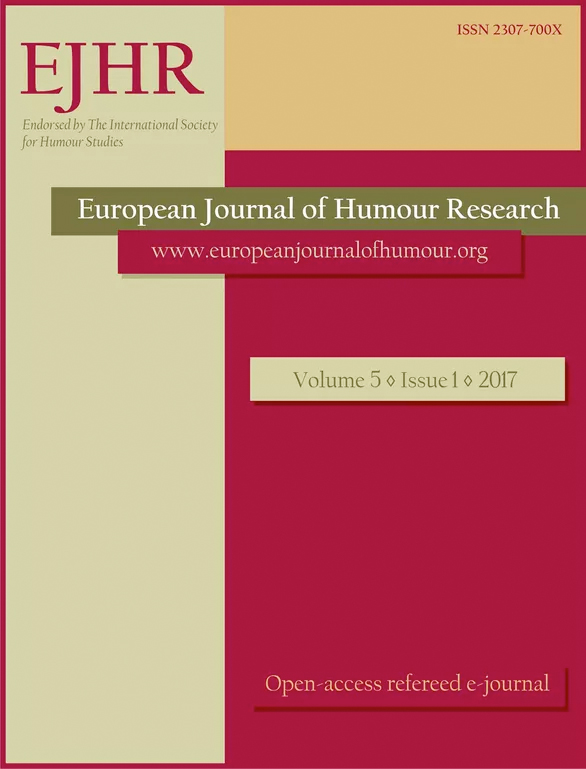Humour and laughter as vestiges of evolution
Humour and laughter as vestiges of evolution
Author(s): Amadeu VianaSubject(s): Social Sciences, Language and Literature Studies, Semiotics / Semiology, Theoretical Linguistics, Applied Linguistics, Cognitive linguistics, Descriptive linguistics
Published by: Krakowskie Towarzystwo Popularyzowania Wiedzy o Komunikacji Językowej Tertium
Keywords: evolution; mind; laughter; semiotics; figurativeness;
Summary/Abstract: This paper argues in favour of considering humour and laughter as embodied signs of the ancient, sympathetic, figurative mode of the human mind, still working with us in dance, music, singing and literary activity. Starting from steady evolutionary provisos, both the continuity and the departing lines between nonhuman vocalisations and human laughter are considered. Along the Duchenne and non-Duchenne expression types, we analyse the developmental extension of laughter, both social and cognitive, probably under complex imitative forms through millennia until the emergence of articulated languages. Then, we try to explain the particular attachment of humour and laughter to evolutionary achievements in the symbolic domain. Thus, from a cognitive and semiotic framework, here it is argued that the old signal of play and joy might have evolved on a par with full connectivity and unbounded associations promoted by symbolic activity, clinging to new meanings and abilities, but still governed by the conjoined social work of sanction and solidarity, a pattern that humour shows all over around. As a particular reflex of ancient multimodality, laughter (with humour) seems akin to participative, mythical modes of thinking that were in full force and effect at the beginning of human societies, rooted in metaphors and figurativeness. Since both humour and laughter still find their way in the contemporary contexts of free associations, human projections and extended agentivity, they could be properly considered as the embodied, old counterpart of the imaginative dimension of symbolic activity.
Journal: The European Journal of Humour Research
- Issue Year: 5/2017
- Issue No: 1
- Page Range: 1-18
- Page Count: 18
- Language: English

